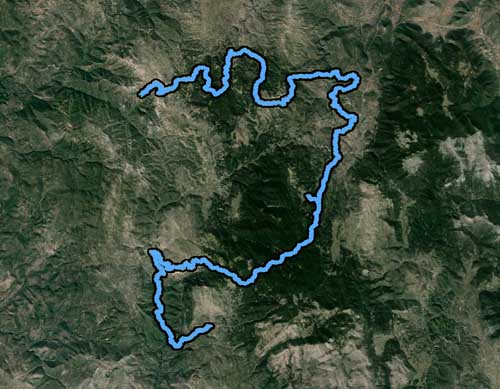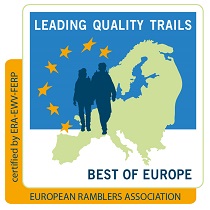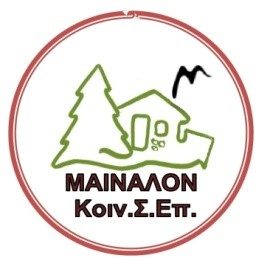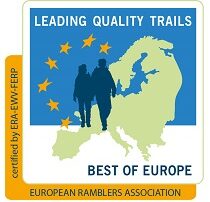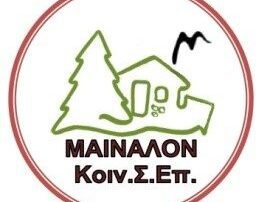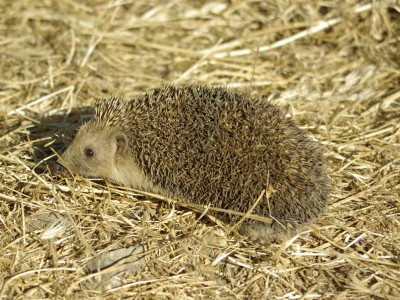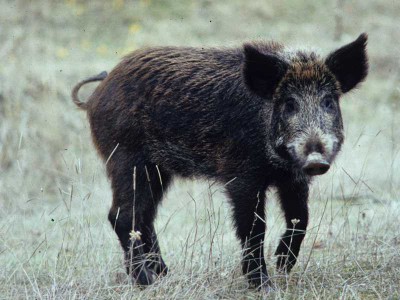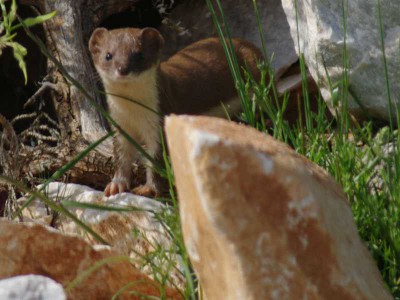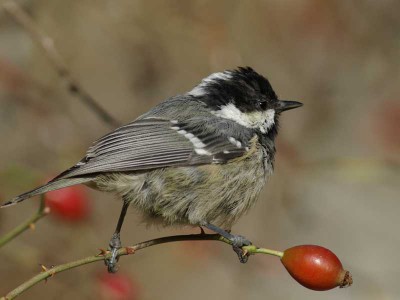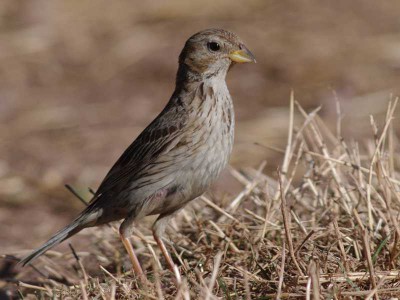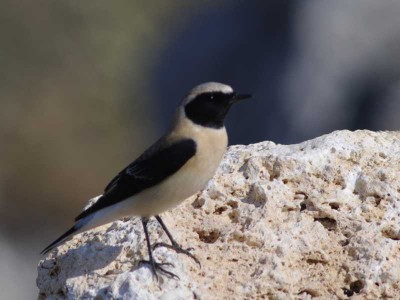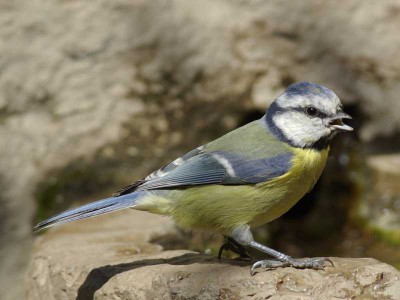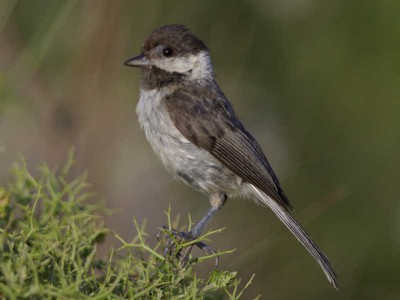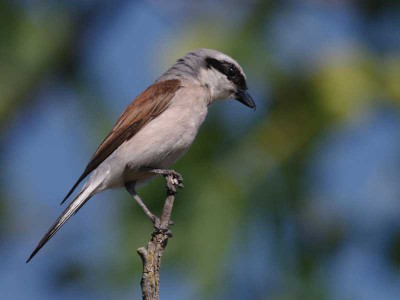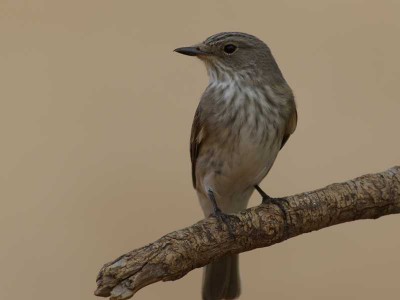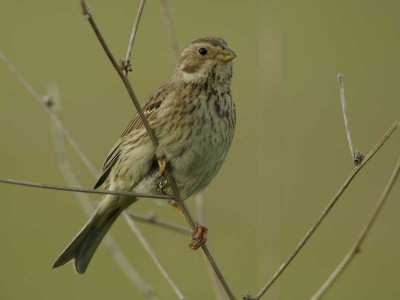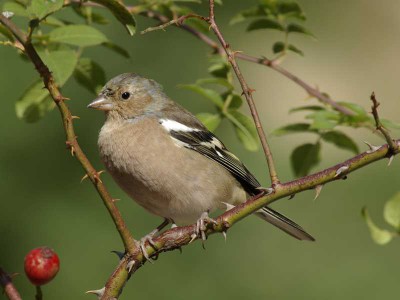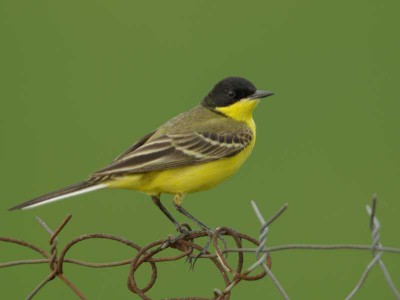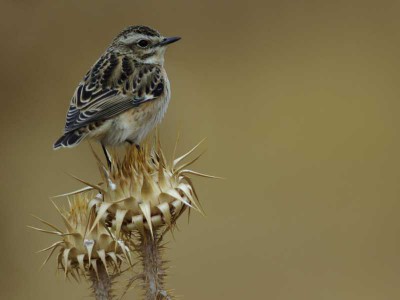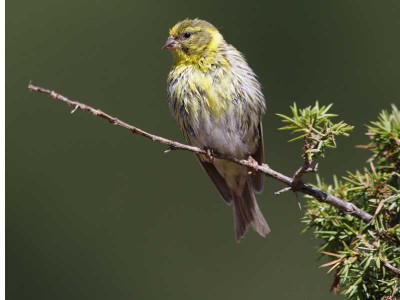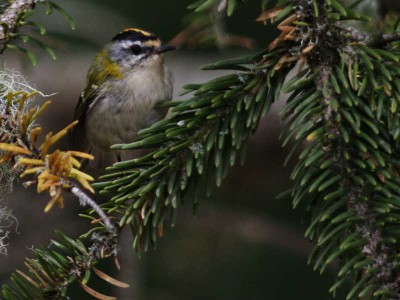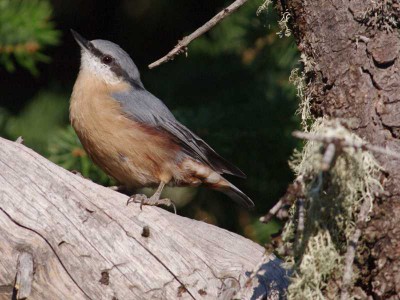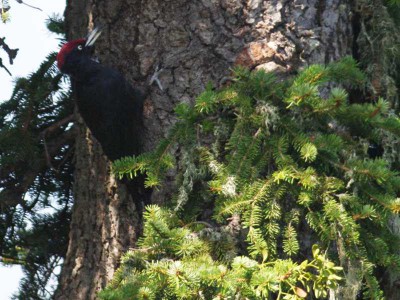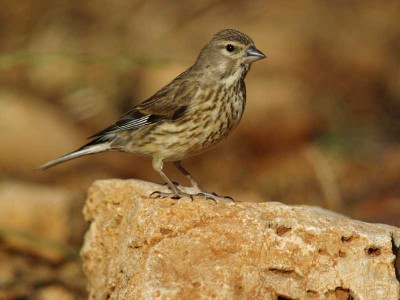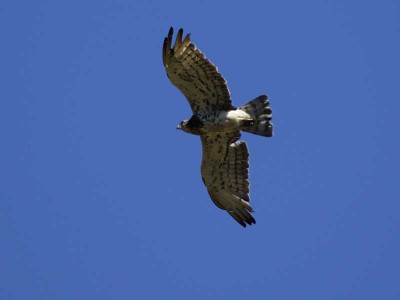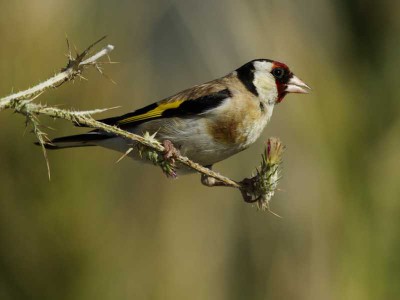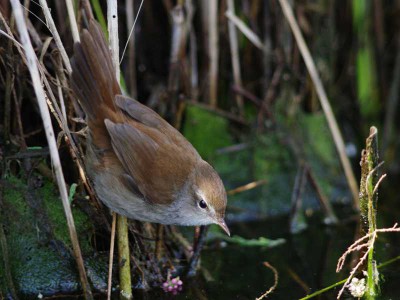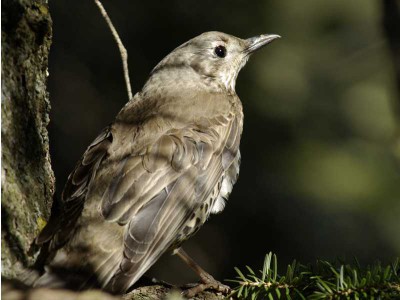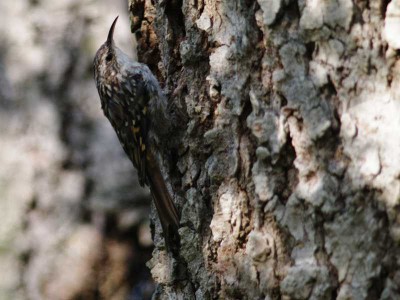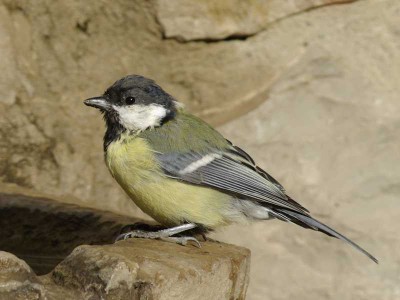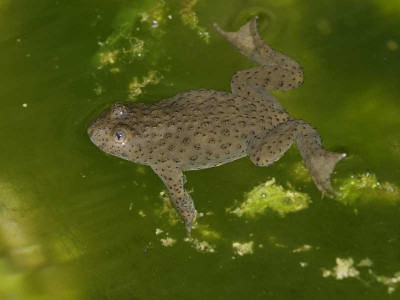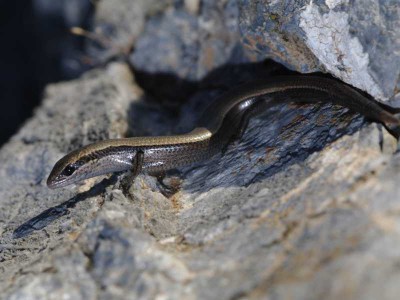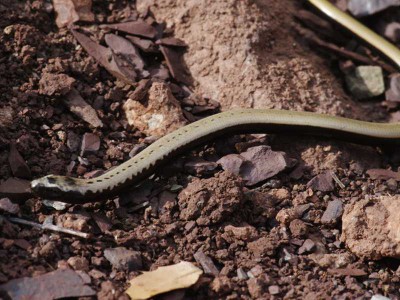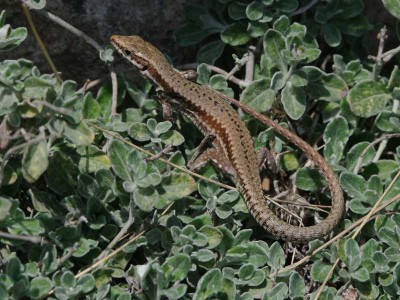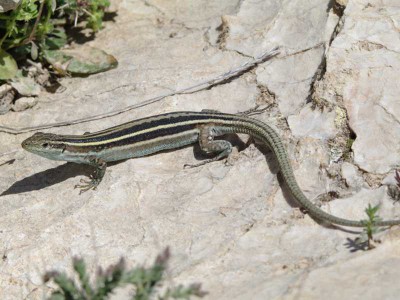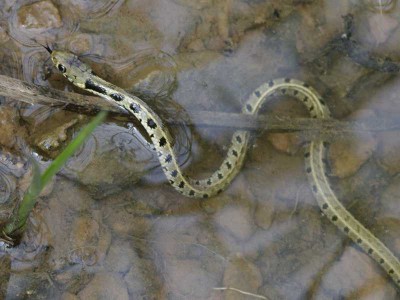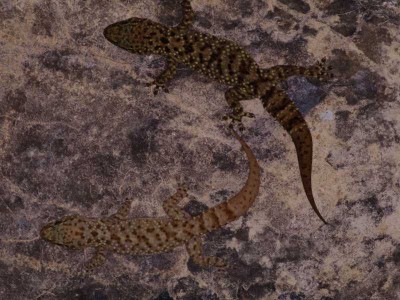Natural Environment
Landscapes, flora and fauna
Τhe biggest part of eastern Mount Mainalon, where the the highest peaks of the mountain are located, as well as the western part, with its lower and smoother terrain, is covered with fir forests. The monotonous landscape of indistinguishable limestone slopes with its dense or sparse fir forest is interrupted by several large hollow glades, called swallow holes whose size and dispersion is characteristic of mount Mainalon. The Menalon Trail runs across one of the largest swallow holes of the mountain, the Vlachika plateau, of an area of about 200 acres. Unlike the fir covered upland, the areas in the mountain periphery, through which the Menalon Trail meanders, has a greater variety of landscapes as a result of the synergy of two connected narratives of the landscape, the turbulent tectonic powers and equally troubled human path. On the wild but rich natural scenery of the gorges and the successive folds, man discovered the beauty of large head springs, riparian resources and sunny crests. There, somewhere between forest and rural areas, in locations naturally fortified or prominent, human settlements rallied and flourished. Around them, articulated in concentric isochronous zones, where human activities spread and each one of them depositing its own mark on the land, resulting in the diversity that characterizes the landscape throughout the Eastern Mediterranean. If the mountain talks in whispers, the landscape around the mountain is a resonant babble. In this zone, in Lousios Gorge, in the ravines of Mylaon and in the rocky terrain of Lagadia you will find the largest variety of flora and fauna in all Arcadia and among them many rare or unusual species.
Mammals
The habitats of Menalon Trail area are little disturbed and accommodate all the biodiversity of the geographical area. With the recent reintroduction of wild boar (as a hunting kind), the entire Peloponnese found again with at least a large mammal, a situation reversed in the decade of 1940. Besides the usual rural landscape mammals (fox, marten, weasel, hedgehog, rodents), the attentive hiker will find many species of small mammals (bats, shrews, dormouse) in caves, sub vegetation and rubble. Jackals makes its appearance on the perimeter of the feed zones.
Birds
In the forest, in the rock meadows and the dense shrub land you will find all the characteristic birds of this type of habitat without absences or surprises. At the edges between dense forest and meadows you will find woodpeckers of the Peloponnese, along rivers will meet dunlin, while the slopes of the gorges you will see many jackdaw and kestrels. Finally, buzzards, short-toed snake eagle and several crows fly around rocky slopes and large meadows.
Reptiles and Amphibians
The greatest variety of reptiles, especially amphibians, are found near permanent or casual, running or standing waters, where several species of frogs and toads, grass snakes and salamanders are easily identified. In bare sun ward parts, lizards abound, along with several endemic species of the Peloponnese, the two Greek turtles and a noticeable variety of snakes, with the most impressive being Montpellier snake and horned viper, for which you will hear many stories, some of them definitely in the area of exaggeration or myth.

